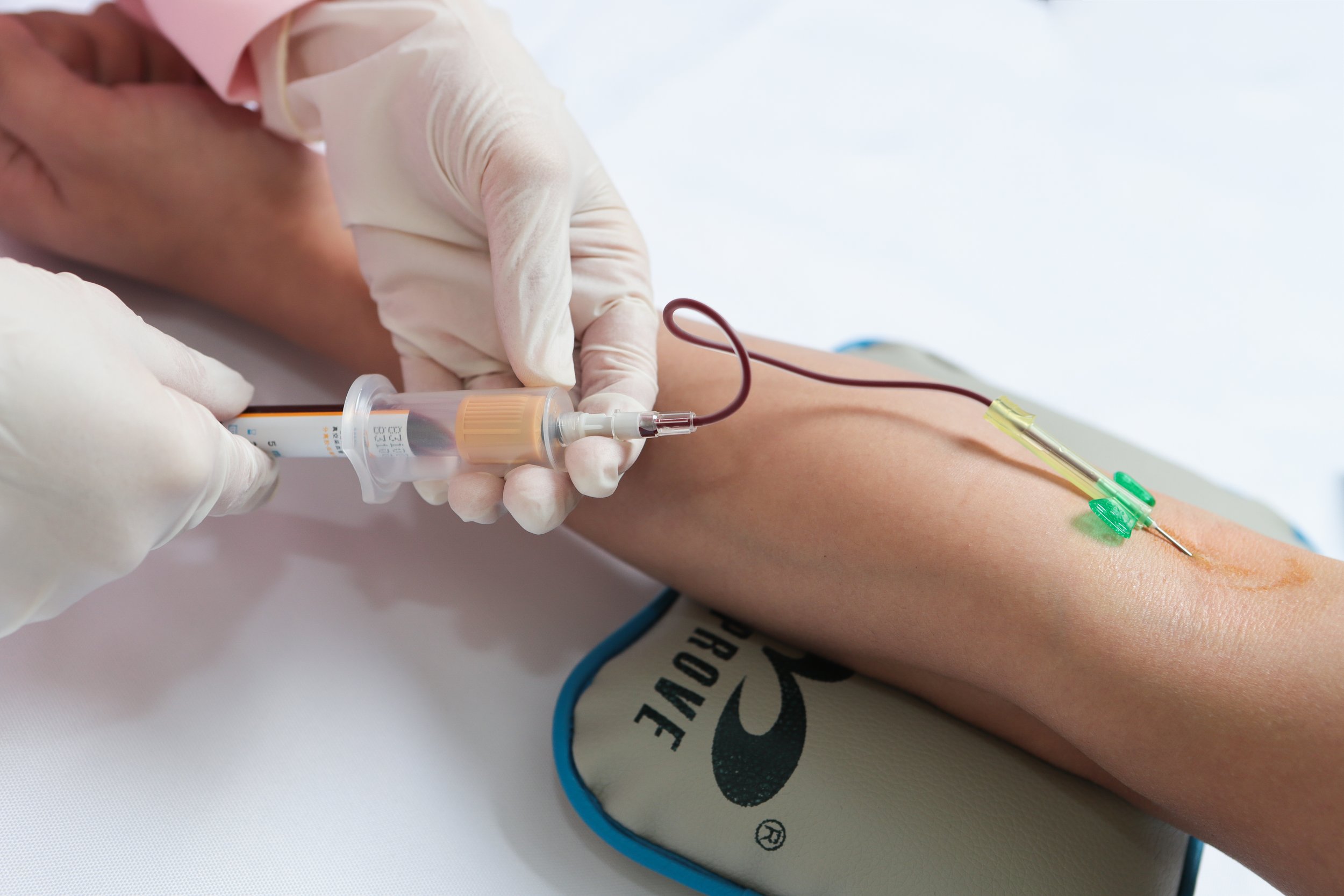Monitoring Performance of IHC Tests in Medical Laboratories: Quality Control, SOPs, and Training
Summary
- Regular Quality Control checks are essential to monitor the performance of IHC tests over time.
- Establishing standard operating procedures and protocols can help maintain consistency in Test Results.
- Continuous training and education for laboratory staff are crucial to ensure accurate and reliable testing.
Introduction
Immunohistochemistry (IHC) tests play a vital role in diagnosing diseases and guiding treatment decisions in medical laboratories across the United States. As these tests involve the use of specific antibodies to detect proteins in tissue samples, it is crucial to monitor their performance over time to ensure accurate and reliable results. In this article, we will discuss the steps that should be taken to monitor the performance of IHC tests over time in the context of medical lab and phlebotomy in the United States.
Quality Control Checks
Regular Quality Control checks are essential to monitor the performance of IHC tests over time. These checks involve the use of control slides with known positive and negative results to validate the accuracy of the testing process. By running these controls alongside patient samples, laboratory staff can identify any potential issues with the test procedure and take corrective action as needed.
Types of Quality Control Checks
- Positive and negative control slides
- External quality assessment programs
- Monitoring of equipment performance
Standard Operating Procedures
Establishing standard operating procedures (SOPs) and protocols for IHC testing is crucial to maintain consistency in Test Results. SOPs outline the step-by-step process for conducting the test, including sample preparation, antibody incubation, and result interpretation. By following standardized procedures, laboratory staff can reduce variability in test outcomes and ensure reproducibility over time.
Key Components of SOPs
- Sample Handling and processing protocols
- Antibody dilution and incubation procedures
- Quality Control measures
Continuous Training and Education
Continuous training and education for laboratory staff are crucial to ensure accurate and reliable testing. As new technologies and techniques emerge in the field of IHC, it is essential for staff to stay updated on best practices and industry standards. Training programs can help reinforce proper testing procedures and enhance the skills of personnel responsible for performing IHC tests.
Training Initiatives
- Workshops and seminars on IHC testing
- Hands-on training sessions for new laboratory staff
- Continuing Education programs for experienced professionals
Conclusion
Monitoring the performance of IHC tests over time is essential to ensure accurate and reliable results in medical laboratories. By implementing regular Quality Control checks, establishing standard operating procedures, and providing continuous training and education for laboratory staff, healthcare facilities can maintain the highest standards of testing quality. These steps will not only help uphold the integrity of IHC testing but also contribute to improved patient care and outcomes.

Disclaimer: The content provided on this blog is for informational purposes only, reflecting the personal opinions and insights of the author(s) on the topics. The information provided should not be used for diagnosing or treating a health problem or disease, and those seeking personal medical advice should consult with a licensed physician. Always seek the advice of your doctor or other qualified health provider regarding a medical condition. Never disregard professional medical advice or delay in seeking it because of something you have read on this website. If you think you may have a medical emergency, call 911 or go to the nearest emergency room immediately. No physician-patient relationship is created by this web site or its use. No contributors to this web site make any representations, express or implied, with respect to the information provided herein or to its use. While we strive to share accurate and up-to-date information, we cannot guarantee the completeness, reliability, or accuracy of the content. The blog may also include links to external websites and resources for the convenience of our readers. Please note that linking to other sites does not imply endorsement of their content, practices, or services by us. Readers should use their discretion and judgment while exploring any external links and resources mentioned on this blog.
